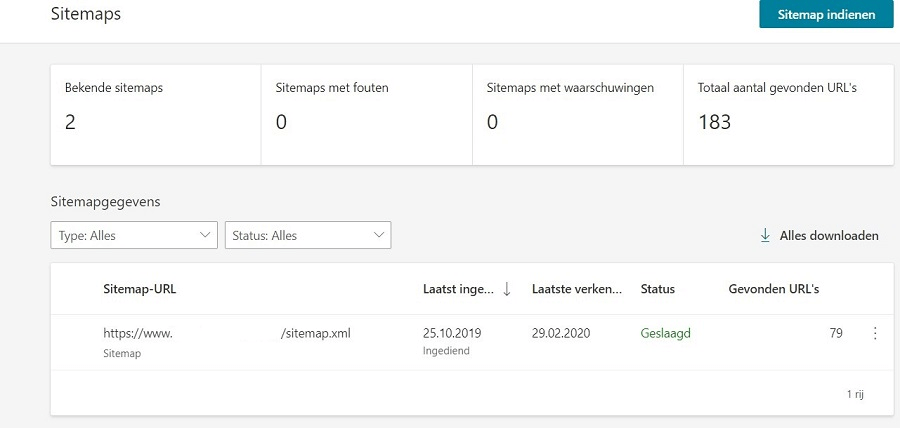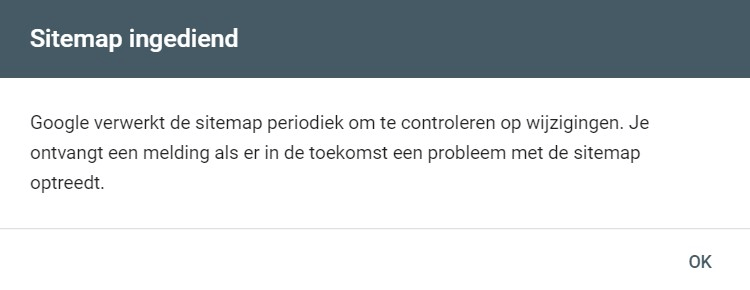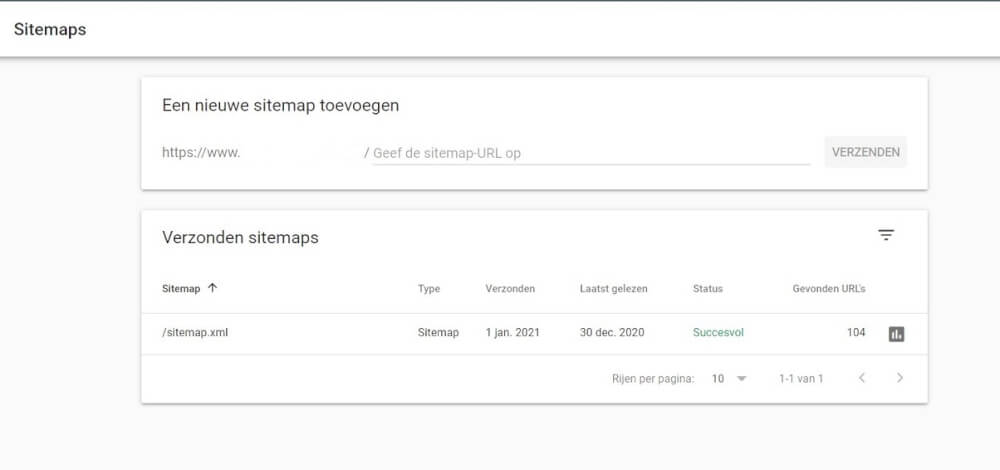Manage sitemaps
Sitemaps make it easier for search engines to read your website. It says which pages should be read, and which should not. And when they were last edited. Let's cover all the benefits in this blog post.
With running a website there is often a lot involved. Content needs to be created, design needs to be arranged with a theme or made, and the technical side needs to be in order to make your website a success. With a Sitemap.xml file you ensure that your website will be processed correctly by search engines such as Google. Many websites use it but not every website uses it optimally. These steps will explain how to use the Sitemap.
Sitemap Location
The location of the sitemap is determined in the robots.txt file. This file lets you know where the core stuff of your website is and gives more information to search engines or robots. It also contains the location of a sitemap. In most cases this will be located directly in the root of the website. Or in other words in the wwwroot of the hosting. If the sitemap is in a different location, you will have to indicate this in the robots.txt file. A sitemap can also be hosted externally, so on another website or service.
An externally hosted sitemap can transfer the responsibility to another party. And you don't have to worry about it anymore. And in case of questions or problems you can turn to a party for support. For this you almost always have to pay more than to manage it yourself.
Submit sitemap to a search engine
To submit a sitemap to a search engine you need to have an account with at least Google and the search engine Bing. A Microsoft account and a Google account. These accounts can be used for all their services, such as Google Analytics, AdSense and others. And Microsoft Clarity for the Microsoft account.

The sitemap can then be notified in the appropriate settings menu. Make sure that the sitemap is also just accessible through the web browser before you do this. So go to your website with /sitemap.xml behind it to view and check it right away. The sitemap.xml will then be checked for suitability for the hosting and you will see if everything went well with the submission of the sitemap.


Manually edit or manage with a plugin
After creating a sitemap you can manage it with a simple text editor. Or you can select a plugin for this purpose. For example, with WordPress hosting as a Content Management System. This will ensure that you will not have to do this manually in the future. But then the plugin will take care of this for you. A good plugin for this is The SEO Framework. You can read more about this at the link.
Manually editing the sitemap is one way if you only need to do this for 1 website, however if you need to do this for multiple websites this will quickly add unnecessary time to each update and update you make to the website. Therefore, this is one of the things we do recommend using a plugin for if you are using a Content Management System like WordPress. Something we often discourage because of security reasons and speed. After many tests The SEO Framework was chosen as the best and fastest solution.
Benefits of a sitemap
A sitemap has no other advantage than for the search engines. This is another technical advantage that can make the difference between a successful website or a lower position in the search engines. It also gives you yourself always a nice overview of all the pages on your website. And it can also serve as a good quick way to quickly find a page.
The sitemap can also be updated manually, this you do by setting up an FTP connection using FileZilla. And then open the file with Notepad or SciTe. With this file you can easily edit or search the sitemap with CTRL + F. A handy trick for every webmaster.
For further questions and tips and tricks you can follow our blog, and stay up to date with our social media!
